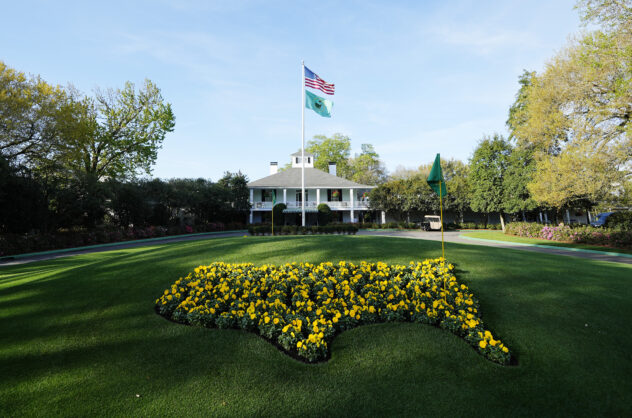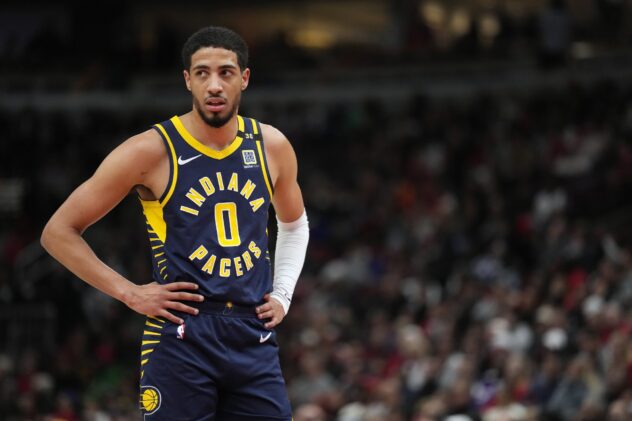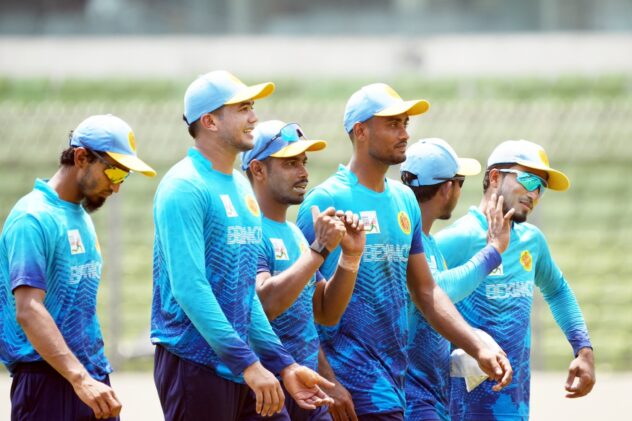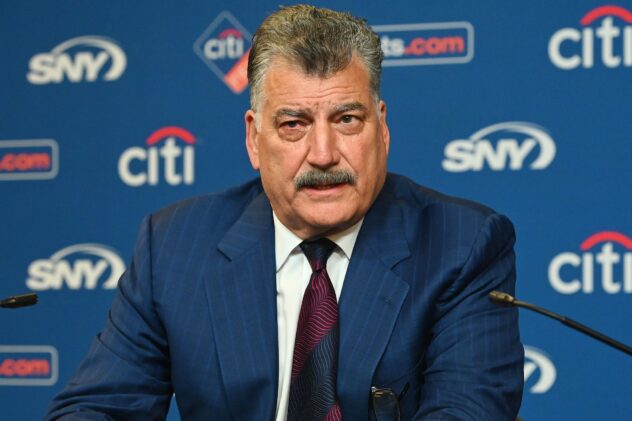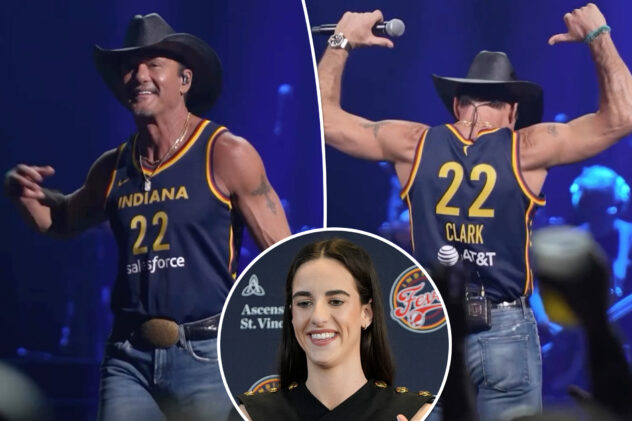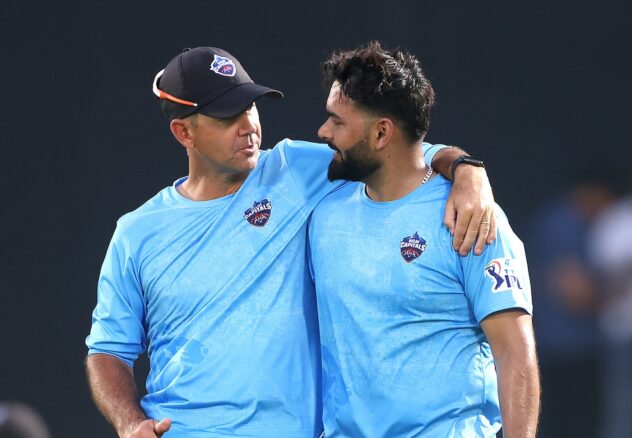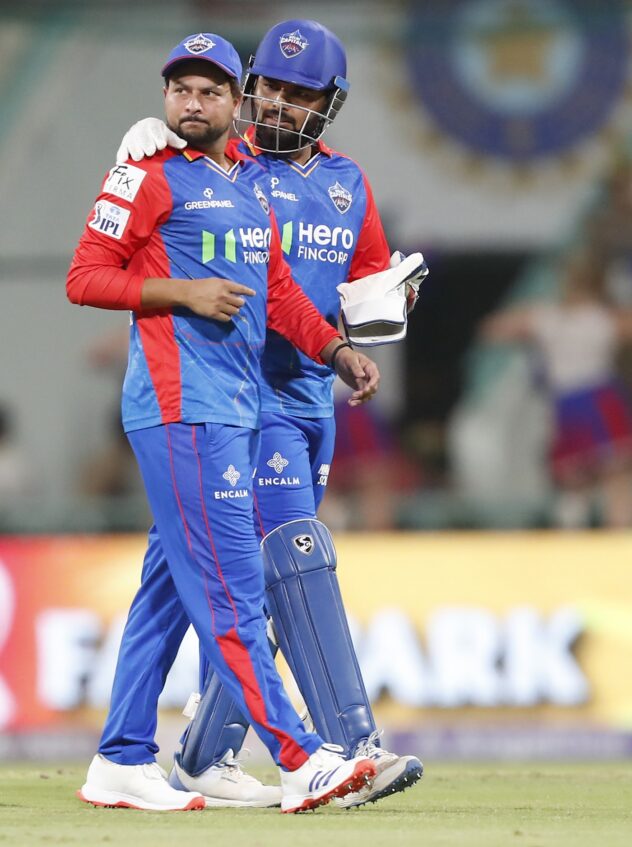Deep thoughts with Michael Murphy: On the 50th anniversary of ‘Golf in the Kingdom’
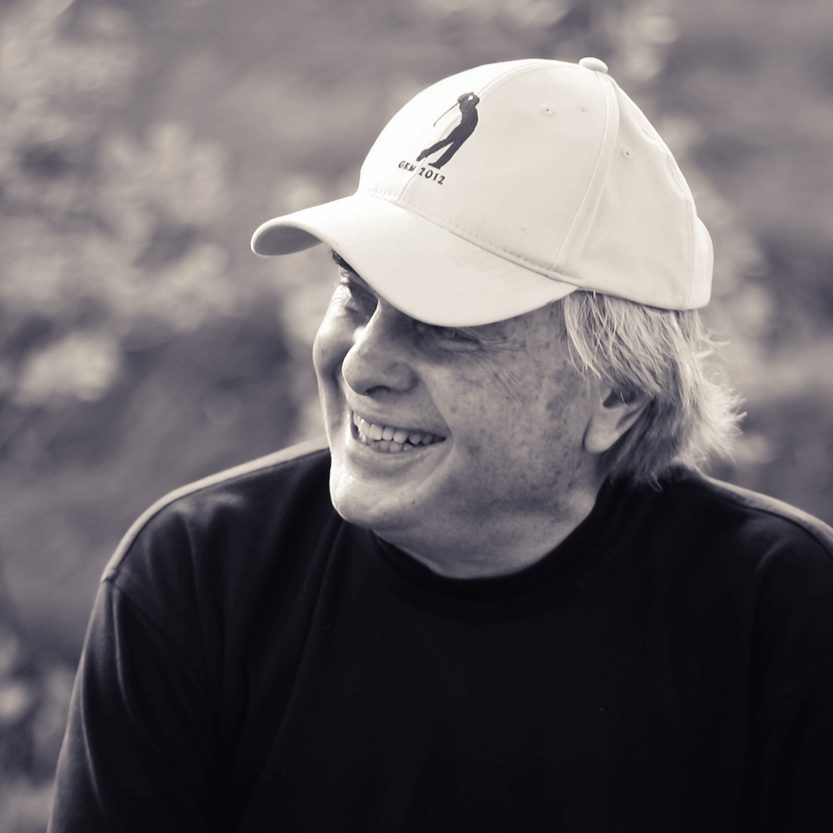
“Golf in the Kingdom,” the 1972 novel of Zen and the art of swing maintenance, turns 50 this year, which seemed like a swell excuse to visit with its author, Michael Murphy.
He introduced us to Shivas Irons, the mysterious golf pro and philosopher with whom Murphy played a mythic round of golf on Scotland’s Burningbush Links. The book starts out in a promising manner with a golf round that plays as a wonderful allegory for life. Then, it takes an odd odyssey into philosophy and metaphysics to explain everything from the allure of golf to the purpose for its existence. Murphy’s account reveals the possibilities for transcendence that resides in the human soul, and through its mystic-philosopher, the reader, like Murphy, becomes drawn into new worlds by this ancient and haunting game.
Murphy’s first book has sold more than 1 million copies and been translated into nine different languages, including recently in Turkish.
“I had no idea that enough people played golf in Turkey,” Murphy said.
Since writing “Golf in the Kingdom,” he’s been hearing from golfers all over the world who have had mystical experiences. Devotees have formed a Shivas Irons Society, who gathered last month at TPC Harding Park to celebrate its beloved characters.
“The game unmasks our deepest nature,” Murphy said. “As William James put it, we all have a mystical seed, but in some of us it’s more developed than in others, but it’s in there, in all of us. If you want to use more mainstream language, we have a soul. OK, or what is used in some studies of comparative religions, we have a deeper self.”
Let’s call this just the beginning of deep thoughts with Michael Murphy.
GWK: What inspired you to write the book in the first place?

Michael Murphy, author of “Golf in the Kingdom,” which has sold more than 1 million copies.
MICHAEL MURPHY: Well, it was the first book I wrote, and the first book I tried to write. It’s still largely a mystery to me why of all the things – I wrote it out of the inspirations that have guided my life, my work, you know.
Anyway, a number of thinkers devoted to a collection of fields that was gaining coherence at that time about human potentialities, and that much of what has emerged over the last 60 years since I started that has been in realms that have been neglected before. For example, scientific studies, there have been about 8,000 scientific studies now on meditation, on altered states of consciousness, et cetera. So hard to sum it up in a couple of words, but out of that is the idea that a lot of what we’re capable of goes unreported. We can do things, we know things, we find things that are outside the mainstream.
Now, at the same time, I’d always been a sports fan. I played golf in high school. I actually didn’t start playing until I was a freshman in high school, so I started later than a lot of the good golfers we had eventually on our team and so forth. But in any case, I’ve played enough to have a strong feeling for the game. So this idea was born. I got this idea to write a story.
GWK: How did it become such a cult classic?
MM: It’s a story that’s kind of hiding in plain sight. In certain ways, I suppose you’d have to say I was very lucky to hit this on the first book I ever tried to write. But to tell you exactly why, I can’t. It’s a mystery.
When I wrote it, I had no idea that the altered states of mind, peak experiences, mystical experiences were so prevalent. I had no idea. It struck a nerve. It had nice reviews in The New York Times and New Yorker by John Updike, but it was never advertised, and in its early years it sold maybe 4,000-to-5,000 copies a year, and I was happy with that and with these reviews.
Then these reports started to come in, and they grew and they grew, and the book had a curious publishing history. So pretty soon it was selling – I don’t know, after 10 years it was going up. Without advertising, it was all word of mouth. Then it was 10,000 a year, and it went up and up until up in the ’90s it hit about 100,000 a year. So it’s had this unusual publishing history, and it’s been selling for 50 years now.
It opened a lot of doors to me that fed into really what my life purpose has been about, to explore these many realms. Norman Mailer, the writer, whom I got to know, he would sometimes say that every aspiring writer, God gives him one free one. Well, that was my free one. I had no idea in writing the book that it would strike such a nerve.
GWK: Tell me about a sports figure who experienced a deep connection with the book.

San Francisco 49ers quarterback John Brodie (12) in action against the Dallas Cowboys during the 1972 NFC Divisional Playoff Game at Candlestick Park. (Long Photography-USA TODAY Sports)
MM: John Brodie, who was the quarterback of the San Francisco 49ers at that time (1957-1973), he read it. He actually read it the month it was published and asked me to come to the 49ers training camp. Well, it was an offer I couldn’t resist. I was a great fan of the 49ers out here in San Francisco, and he asked me to explore this kind of thing happening for him and in football. Then one adventure after another, we published a little article in a magazine there called Intellectual Digest and talked about time slowing down and these truly uncanny connections with wide receivers and so forth, and in effect, it really opened the door for me to a lot of confirmation of what I was – well, what I touched on.
Now, where I got my inspiration was not directly from the world of sport. The term “the zone” hadn’t even appeared by then. I think it probably came out of tennis. Some people attribute it to Arthur Ashe. I’m not sure. But the zone, it’s become a cliche in the sports world. Back then when I was writing the book in 1970, to my knowledge I had never heard that term.
But there are these very gifted athletes that appear, and very often do not have the language to talk about their out‑of‑the‑box experiences. So the book has given a lot of people language to talk about it. That’s been one reason, I believe, for its popularity.
I’ve been good friends for 25 years with Pete Carroll, the coach of the Seattle Seahawks. He was a graduate student out here in California at College of the Pacific, so he was in his 20s then. He’s been a friend and a supporter, and some of this – kind of the spirit that was in that book gets into his thinking. He really followed with it when he coached at USC, had a couple National Championships there, and then went up to Seattle and had that first Super Bowl team.
I once was asked to give a talk in the Superdome in New Orleans to 1,000 golf pros, who at that point I think they thought I might start talking in Gaelic. It seemed far out at the time. It wouldn’t so much now. I mean, there’s been a lot of language about all this, as I’m sure you know, and a recognition among sports psychologists.
It’s fiction, but it’s become truer and truer as time has gone on. The kind of thing I describe has been experienced by countless people. It’s frequently not discussed. If it’s too far out or too strange, people will not talk about it. But there it is, and it’s a living fact. It’s going on all the time, these supernormal experiences.
GWK: How did your reading and living in Zen Buddhism influence your energy to write it?
MM: Yes, I was heavily influenced by that. That whole direction in my life happened to be while I was at school at Stanford in my second year, sophomore year at Stanford, influenced by a professor there, Frederic Spiegelberg, a course in comparative religions. This particular philosopher, Sri Aurobindo, an Indian, had been educated from the time he was seven until the time he was 21 in Great Britain and Cambridge University and elite schools by – the family sent him there to get a British education, and he then became an Indian independence leader, and like Gandhi and so many of those leaders in those years spent a year in prison for his independence – well, his nationalism, and had mystical experiences. Anyway, he became a major philosopher, arguably one of the very greatest Indian philosophers of the 20th century.
His view that humankind is part of the cosmic evolution of a greater life that’s pressing to be born in us, and there’s this great tradition that the divine is enclosed within matter and is unfolding in the course of time. But yes, I’ve been influenced by that, and that, of course, was at the core of my inspiration for this book. The basic world view that it contains has been a through line for me since I was at Stanford when I was 19.
GWK: Did you model the central character out of someone you had met or patterned any of your characters after individuals with whom you personally had been involved with?

Ben Hogan holds the trophy after he won the 1951 U.S. Open at Oakland Hills. Some say Hogan had the greatest final round in U.S. Open history. (Photo: Associated Press)
MM: You know, people ask me that all the time. No. The character I made up. But I’ve often thought, because people have been asking me this from the very beginning, for half a century, and I would have to say that the most obvious golfer to whom I followed around the golf courses at Pebble Beach every year with The Crosby (AT&T Pebble Beach Pro-Am) and then the U.S. Open in 1955, I got up close and watched him, watched him practice, was Ben Hogan.
I watched him play after he came out of the Army in 1946, and he played in the Crosby there every year, and he practiced probably more than any other player. He really had a lot to do with the increase of practice.
So to go out there and watch him – maybe 200 people would be sitting around there in a little amphitheater watching him hit balls, including a number of pros, and I would notice these other pros – Jimmy Demaret and Tommy Bolt among them – watching him practice. We’d all sit there in utter silence. You could hear the pounding of the breakers off the cliffs of Pebble and then sit there and watch him for an hour. I’m sure that that planted a seed in my memory and in my sense of the game.
Then when I got interested in all this stuff when I was now 19 at Stanford, in meditation and the contemplative attitudes, I had always felt it playing. I had some natural attraction to that kind of experience.
One of my buddies, for example, we really shared religious interests. We were both altar boys in the Episcopal church. I’ve never told this story much. But we felt something of this when we started playing. I know for sure that watching Hogan play, he was so focused, and he had a contagious effect on the audience.
I walked around with him in the ’55 U.S. Open, and that effect on the gallery, it was contagious. That undoubtedly had an effect, but when I wrote the book, I wasn’t modeling it on him. But what he represented, what he embodied, what he showed he could do – at the top of his game, he won eight of 11 majors. He only played in the British Open once. He won it the one time. Between ’48 and ’53, in there, he was clearly the best player then. He brought for me a presence and a tremendous ability to hit a variety of shots.
GWK: When you were young, what did you want to be when you grew up?

Author Michael Murphy created one of the great characters in all of sports in Shivas Irons. (Photo courtesy Michael Murphy)
MM: Everyone in my family wanted me to be a doctor. My grandfather had been a doctor, and so anyway, there were these expectations that I might be a doctor. Then it got to be, as I got interested in psychology in high school really, and then started at Stanford, I went in as premed but thinking I’d be maybe in psychiatry. I’d read some Hume and some Freud and all as a 15, 16 year old. But then when I got into this class at Stanford at age 19 on comparative religions, I essentially flipped because of that course and what it triggered in me.
It was, this is what I wanted to pursue. But I didn’t have any clear sense of what vocation, you know. It’s just that I wanted to explore this and develop it, which I’ve done starting the Esalen Institute and then writing books and sponsoring research ventures and so forth.
But in terms of a profession, I mean, I would have to say – you know, there was nothing really I could tell my parents what I was actually doing. You could say I was a writer, but I started this institute, the Esalen institute, a retreat devoted to the exploration of unrealized human capacities. A friend and I started it on this stretch of land along the Big Sur Coast, a beautiful stretch of land, and we were graced that by my family, to do seminars and conference and research initiatives along those lines.
GWK: If you live to be 100, you’re getting close, do you think it will be more important to have a sharp mind or a fit body?
MM: Well, let me meditate on that. I’d like to have both. I’ve been lucky with my health, I must say, because I’m 92 now. So far I’ve never had a major illness, so I’ve been really lucky. You’re hitting me up with this question. I want them both. But no, I’d take the mind first.
GWK: Clint Eastwood purchased the rights to the book to make it into a movie but he eventually abandoned the project after several unfinished scripts in the ’90s. Why did he give up? Do you wish it had worked out?

Clint Eastwood follows his shot from the 17th tee during the celebrity challenge at the 2018 AT&T Pebble Beach National Pro-Am golf tournament in Pebble Beach, Calif. (AP Photo/Eric Risberg)
MM: I sold the first options for movies to a bunch of guys who knew I was writing the book before it was ever published, but in those early years, I didn’t get any money, it was just I would get to own a piece of the movie. Finally we ended up selling the rights to Warner Brothers for Clint Eastwood. He had wanted it, and he had this long‑term – still does, he has a studio right there on the Warner Brothers studio there.
He actually held the rights himself trying to figure out a way to do it for 10 years. Finally he gave up on the project. I actually respect him as a filmmaker. He won’t go beyond where he feels he can really do it, and it was just too difficult. Then two young ladies did make a film of it. It’s hard to make a movie of this. The movie wasn’t bad. There were some good things in it. But it was fun making it.
Since this first film was made, two producers have approached me to try their version of the book, but they would have to buy the rights from Warner Brothers.
GWK: You mentioned you wrote a sequel 25 years later. I read somewhere where you mentioned potentially doing a prequel. Is there another book in the series to come?
MM: Oh, Adam, I don’t know. I’ve written maybe a couple of hundred pages exploring the further adventures of Shivas Irons. Once you create a character like that, people will want to keep up with the character, and what’s happening to him.
So there may be 200 pages sitting there; I don’t know. I’m tempted to but I might not. I’ve shown a couple of the pages that would constitute a chapter. If I ever wrote it, it would be a collection of pieces that would figure as a prequel, not a sequel, him younger, and then the further reaches of the worlds he was exploring.
You create a world. I mean, it’s like a world that people want to enter into. This is all of us, when we get devoted to a character, whether it’s Tolkien or Harry Potter or Sherlock Holmes. In any case, yeah, I am occasionally tempted to actually recreate that world myself, which I’ve done, but I don’t know. To tell you the truth, I really don’t know whether I’ll make a project of it or not. Most days I doubt that I will.
GWK: Well, 200 pages sounds like close to a book.
MM: People keep asking me. They’d love to know what Shivas Irons is up to, and of course we don’t know until I start writing.
Some people insist that I’m covering up a real character. They insist on it. There’s something called the Shivas Irons Society. It’s a nonprofit thing, like a lot of books have these societies form around them, so there is a Shivas Irons Society, and they occasionally have meetings, and like this thing at Harding Park just a few weeks ago, we had a gathering afterwards and people were having drinks and sitting around, maybe 50 to 100 people in there and having a lot of fun, and oh, God, the question came up, ‘OK, we know Murphy you’re hiding something; please tell us what he’s up to.’ It’s been fun, but a few really do believe it.






